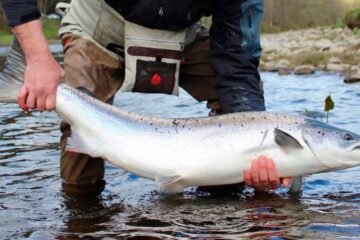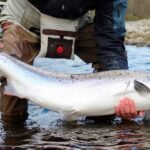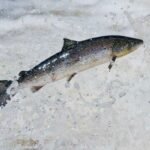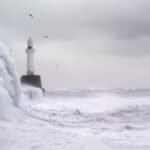A free mobile app is giving ordinary people across Scotland the chance to help save one of the country’s most critically endangered fish — the flapper skate — by turning their photos into vital scientific data.
From Photo Albums to a National Effort
Back in 2018, a single angling charter skipper, Ronnie Campbell, kickstarted what’s now become a national project. He handed over 400 digital images of flapper skates to the Scottish Association for Marine Science (SAMS).
Fast forward seven years and that seed has grown into SkateSpotter, a mobile app curated by NatureScot that now boasts over 4,000 photos of more than 2,500 individual skates.
Each fish is identified by its unique spot pattern — think fingerprints, but for skates — matched up with the help of AI. For researchers, it’s like finding a needle in a haystack, only now the haystack talks back.
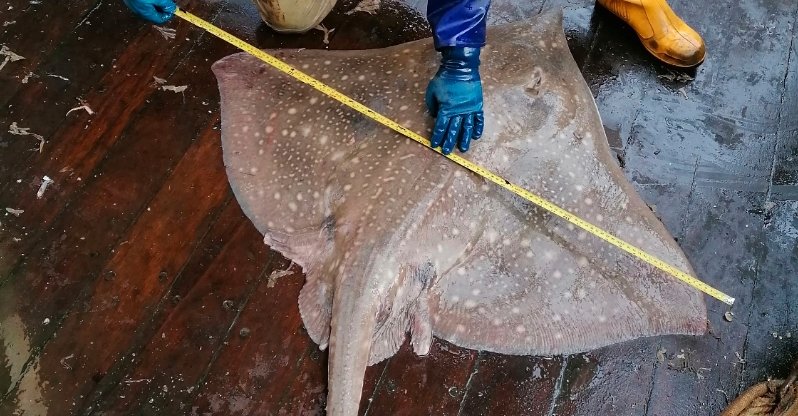
A Smarter Way to Track
Steven Benjamins at SAMS knows the importance of data. He says most of SkateSpotter’s photos come from the Loch Sunart to the Sound of Jura Marine Protected Area (MPA). That’s because local skippers there have been keen contributors, keeping the photo library well-stocked.
One sentence.
Last year, data from SkateSpotter helped the Marine Directorate in Aberdeen model skate populations inside the MPA. The results were heartening: skates inside the protected zone were bouncing back quicker than those outside.
Why a Mobile App Matters
Let’s face it, people forget to upload things to websites.
With SkateSpotter now on the Play Store and App Store, it’s all about convenience. See a flapper skate while out fishing or diving? Snap a pic, hit upload, done.
Jane Dodd, NatureScot’s elasmobranch specialist, says: “We want anglers, divers, fishermen — everyone — to get involved. A small team of scientists could never collect this much data alone.”
She’s got a point. Citizen scientists could end up mapping skate movements nobody’s ever clocked before. Maybe that skate in Shetland is the same one seen in Orkney last year. It’s a bit like following a celebrity, except the celeb weighs 200kg and lives underwater.
How It Works in Practice
The process is pretty simple. If you come across a flapper skate:
-
Take a clear photo showing its unique spot pattern.
-
Submit it through the SkateSpotter app.
-
Add basic details like where you saw it, its estimated size, and whether it was male or female.
One short line here.
The app’s AI does the heavy lifting, matching your photo with thousands already in the database. If it’s a new skate, it gets added as a new record. Contributors even get updates if their skate is spotted again later.
An Army of Citizen Scientists
The hope is that SkateSpotter will become more than just an app — it’s a movement.
With more people involved, the chances of discovering long-distance skate travels increase. That’s critical, because while skates usually stick to familiar haunts, they do take detours that surprise scientists.
Jane Dodd says some skates show strong site loyalty but wander further than you’d think. She’s excited by the idea that one photo could connect sightings from different parts of Scotland.
One-liner here.
The more widespread the data, the clearer the picture of these giant rays’ movements and habitats.
Conservation Still Has Challenges
Even with the data boom, these ancient fish face real threats. The flapper skate, part of the elasmobranch family alongside sharks, has a skeleton made of cartilage instead of bone. Females can grow up to 2.85 metres long and prefer deep, muddy seabeds where they snack on prawns and smaller fish.
Here’s the kicker: since 2009, it’s been illegal to land skate in most of Europe. But they still get caught by accident in trawls and dredges.
A tiny bright spot — Scotland’s angling community has long operated on a “catch and release” basis for skates. Recaptures show the fish survive well when handled with care.
A Small Photo Could Make a Big Difference
The success of SkateSpotter so far hints at what’s possible. A snapshot taken on a fishing trip could end up helping shape marine protection policies.
There’s still a lot scientists don’t know about how flapper skates move around Scotland’s coasts. Are they more nomadic than we thought? Are some spots acting as crucial nurseries? The answers may be hiding in someone’s phone gallery right now.
A table from NatureScot shows just how far the project’s come:
| Year | Number of Photos | Individual Skates Identified |
|---|---|---|
| 2018 | 400 | ~200 |
| 2025 | 4,000+ | 2,500+ |
Pretty impressive for a species teetering on the brink.
Everyone Can Be Part of the Solution
If the story of SkateSpotter proves anything, it’s that conservation doesn’t always need lab coats and fancy equipment. Sometimes, it just needs a good snap and a few taps on a screen.
So next time you’re out on Scotland’s wild coastline — rod in hand, dive tank on your back, or just strolling along a pier — keep your eyes peeled. That flapper skate you glimpse in the depths might hold secrets about how to save its species.



